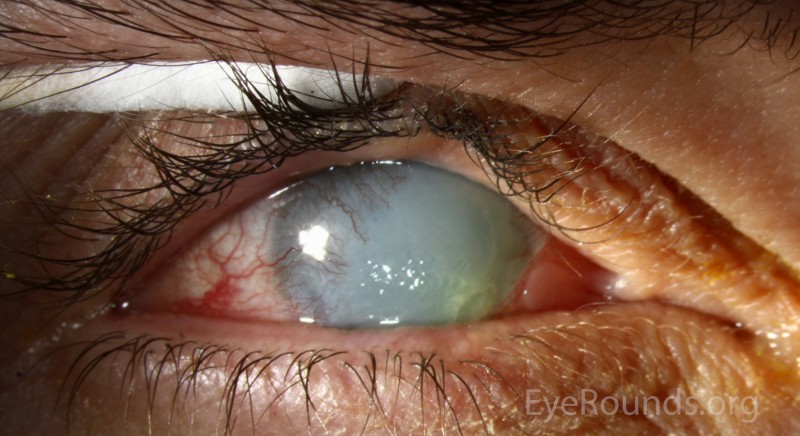
In our fast-paced lives, health concerns are becoming increasingly common. One such concern is the red eye flu, a condition that can leave you feeling drained and uncomfortable. In this article, we'll delve into the symptoms of red eye flu, explore an immunity-boosting diet to help you combat it, and provide valuable prevention advice to keep you healthy and vibrant.
The red eye flu, also known as viral conjunctivitis, is an infection that affects the conjunctiva - the clear layer of tissue that covers the white part of your eye and lines the inside of your eyelids. This condition is highly contagious and is usually caused by adenoviruses, which are common viruses responsible for various illnesses, including respiratory and gastrointestinal infections.
Identifying the symptoms of red eye flu early on can help you seek timely medical attention and prevent the further spread of the infection. Here are some key symptoms to be aware of:
The hallmark symptom of red eye flu is the noticeable redness and irritation in the affected eye. The white part of your eye may appear bloodshot, and you may experience a persistent feeling of itchiness or burning.
You might notice a watery or mucous-like discharge from the affected eye. This discharge can cause your eyelids to stick together, especially after periods of sleep.
Individuals with red eye flu often report a sensation of having a foreign object, like sand or grit, stuck in their eye. This discomfort can contribute to increased eye rubbing, which may worsen the condition.
Sensitivity to light, known as photophobia, is another common symptom. Exposing your affected eye to bright light may cause discomfort or pain.
Maintaining a strong immune system is crucial for preventing and recovering from the red eye flu. A well-balanced diet rich in immune-boosting nutrients can help your body fight off infections more effectively.
Include foods high in vitamin C, such as citrus fruits, bell peppers, strawberries, and broccoli. Vitamin C is known for its immune-enhancing properties.
Foods rich in antioxidants, like berries, spinach, and nuts, can help protect your cells from damage and bolster your immune response.
Zinc plays a key role in immune function. Consume zinc-containing foods like lean meats, beans, nuts, and whole grains.
Don't underestimate the power of staying hydrated. Adequate water intake supports overall bodily functions, including immune response.
"Prevention is better than cure" holds true for the red eye flu as well. To reduce your risk of contracting and spreading this infection, consider the following preventive measures:
Frequent handwashing with soap and water is essential. Avoid touching your face, especially your eyes, with unwashed hands.
Avoid sharing items like towels, pillowcases, and eye makeup with others. This helps prevent the transfer of the virus.
If you're experiencing symptoms, make sure to dispose of used tissues properly. This prevents the virus from spreading through contact.
If you suspect you have the red eye flu, it's important to stay home and limit contact with others. This helps contain the spread of the infection.
If you experience symptoms of red eye flu, seek medical advice promptly. A healthcare provider can provide proper diagnosis and guidance on managing the condition.
The red eye flu can be a discomforting experience, but with the right knowledge and precautions, you can minimize its impact on your life. By recognizing the symptoms, embracing an immunity-boosting diet, and following preventive measures, you're taking proactive steps to protect your eye health and overall well-being.
Remember, your health is your greatest asset, and a little care today can go a long way in ensuring a healthier tomorrow.
Did you know that eating dinner early can improve your sleep?
What Takes Place When You Consume Ghee Daily? Five Ways it Impacts Daily Health
MP Medical College Doctors Granted 7th Pay Commission Benefits and More